The Chinese famines that occurred in the year 1907 and 1959 are considered crises of the 20th century in China.
As per the estimation made by Bill Kte’pi, Author of Chinese Famine (1907), more than 10% of the entire Northern Jiangsu and some parts of Central China population died due to this famine. He also added to that by putting up a death figure of over 25 million. Hence, this crisis was considered as the second-worst famine in world history.
A contemporary newspaper of Australia, The Argus, reported that around 10 million Chinese suffered due to this famine, as of the date 22nd February 1907. Following that report, it also said that around half of those suffering Chinese were dead, even before the life-saving measures were proposed.
Guangxu’s Year of Floods and Rains (1906)
It was the 32nd year of the reign of Emperor Guangxu, and the year was 1906. That year recorded the most flooding in the history of China. The floods were recorded in between the months of March and May of the year 1906. The floods affected the regions Guangdong, Hunan, Sichuan, and other such provinces. Northern Jiangsu experienced heavy rain and massive floods that made the conditions especially severe. The victim counts started to rise extremely rapidly, and most of the population were displaced from their residences.
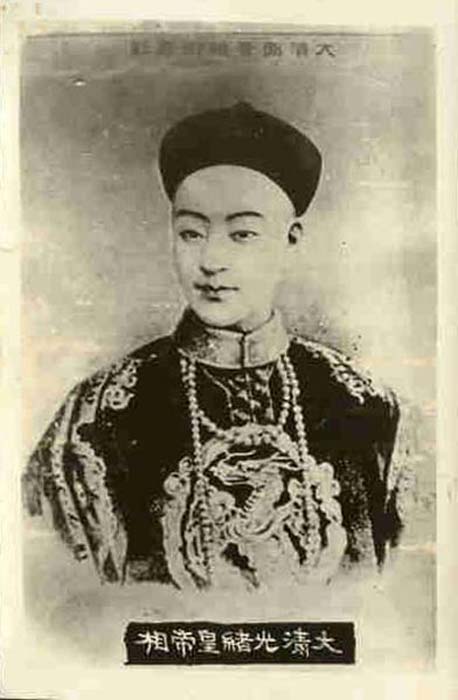
This flood and heavy rains were the cause of the 1907 famine. The consequences of this flood were very devastating for China, and will be remembered across the globe for ages to come. The rainfall continued back then for around 3 months straight, and that is when the flood conditions took over. This flood situation worsened when the after-effects were carried out to the following year, 1907, with a serious famine.
After the flood and rains had devastated the Chinese region, the hunger crisis developed to further deteriorate the situation. The floods and rains resulted in a sharp reduction in food production. Moreover, there was no harvesting around the region due to the flood. As a result, in the following year a large number of people had no access to food, and the population started to die of starvation.
The hunger crisis took a lot of lives, and the problems did not end with it. The count of refugee groups also started to increase over this period of time. As an adverse effect of this Chinese famine, the rulers of Qing Dynasty started to face crisis situations.
Relief Efforts
The leaders appointed for flood relief around the Northern Jiangsu region under the reign of Guangxu were Sheng Xuanhuai, Duan Fang, Yang Wending, and a few others. All of them were responsible for adapting different methods to use the available resources and tackle the situation for the betterment of civilians. All the methods they adopted were taken up by the local population, and a successful relief activity was carried out by these leaders.
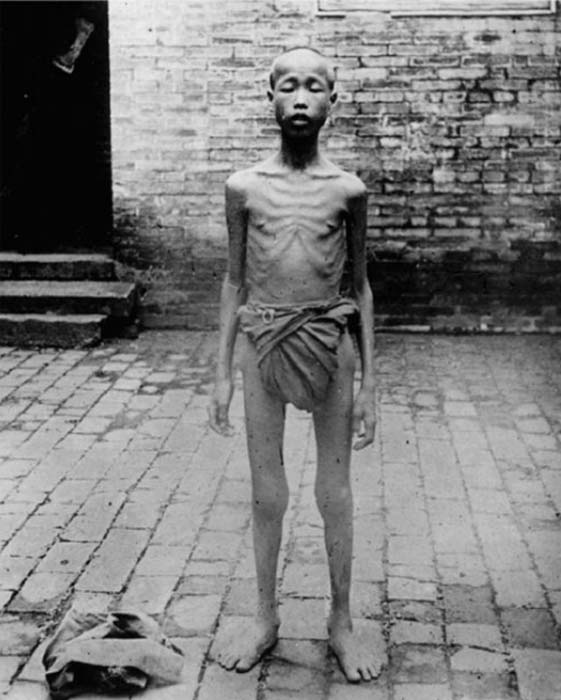
Following this, the leaders accumulated funds and sent the refugees to return to their families or place of origin. It was a significant move carried out by the leaders that helped people support each other. In addition to that, they also offered great relief to a very large group of victims of this flood.
They designed a disaster relief model that was a combination of both official aid, as well as an outreach program to non-government forces for help. Both non-government and foreign forces were appointed or allowed to offer disaster relief. And with this model, good results were achieved with reaching the starving population.
- Thomas Jefferson and Sun Yat-Sen: Comparing Founding Fathers
- Great Flood of China: Bringing a Legend to Life
Soon after that, the winter and spring relief teams were also established to help the hungry and cold victims of these floods survive these harsh conditions. And, every minute more of this relief activity worked to improve the situation and alleviate the famine.
But soon, politics took over, and the official disaster relief model was replaced by the charity relief model. The official disaster relief model was not encouraged anymore as the Qing Dynasty collapsed and was destroyed. The Huayang Charity Relief Society took over with its new mechanism and model of charity relief, which continued to develop further. This model was stated largely to be a continuation in development of the previous disaster relief model stated by officials.
The Real Cause of Mass Deaths
There are people who consider this historical crisis a myth. But the fact is that it did happen, and there is considerable evidence to prove it. Some of the areas apart from Jiangsu that were hit really bad were Anhui and some parts of Henan. As discussed in the previous section that highlighted the massive rainfall of 1906, it was recorded to be the worst in past 40 years.
After the rain was gone and the water dried up, famine struck the people of China to make the situation even worst in the year 1907. The government was trying its best to help people overcome the situation, but the sufferings were endless. The famine-causing rain affected the East China region severely, but the famine was experienced by the people throughout country.

Clearly many people died after the flood and the subsequent famine. But, one other possible reason for the high count of deaths was violence and riots. The outbreak of protesting and violence was massive, as people were not getting food to eat, didn’t have houses to live in, and were in a serious situation. The state proposed measures to suppress riots, which resulted in the death of many people. The riots began in the month of March, and it continued till June of that year until the military was sent to suppress it.
It took many years for food production to recover from the adverse effects. And, this lasting famine effect was the leading factor for which Qing Dynasty was brought down by the Xinhai Revolution. Along with the 1907 famine and dissatisfaction with the handling of the disaster, the year also witnessed armed uprisings by Tongmenghui and Wuchang. This directly led to the Xinhai Revolution and the end of dynastic China.
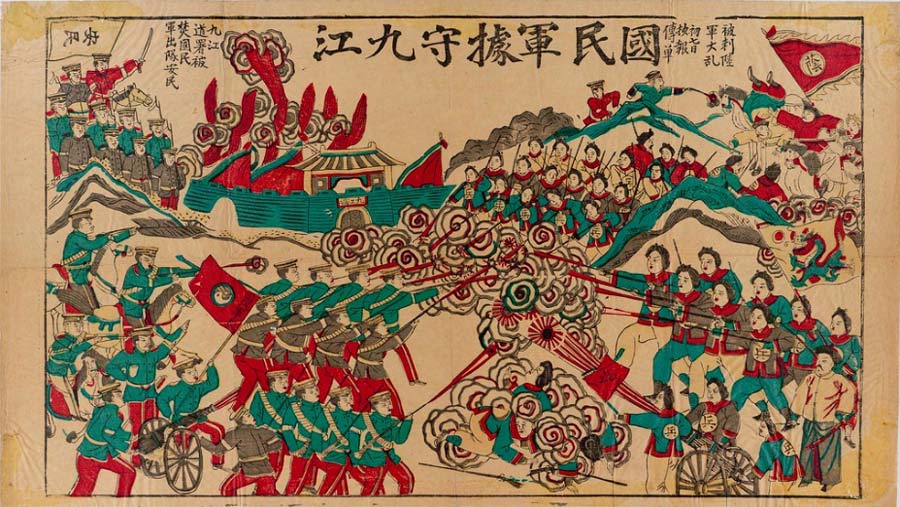
The crisis or famine of 1907 started to be alleviated from 26th June 1907. However, after the year 1907, similar rains were experienced again in the year 1908, which resulted in further famines in 1910 and 1911. The impact of this famine was so huge that the biggest relief organizations were coming in to help the country. People from different countries, as far as from America, were sending in funds and help to respective authorities for disaster relief.
Mao’s Great Leap Forward and the Famine of 1959
After struggling to recover, the famines of 1907, 1910, 1911, and a few more years were finally brought under control. However, in the year 1959, the world’s largest recorded famine struck China yet again. It commenced during the spring of 1959 and continued for almost two years, until the end of 1961. This famine was even more dangerous than that of 1907 and led to the recorded deaths of over 30 million Chinese. The causes of this famine were ideological this time, and the two world wars had to do something with it for sure.
People and reports say that it was a man-made catastrophe for which Mao Zedong, the communist leader of China, is held responsible. The origin of this famine is based upon the decision made by Mao to support the leadership of the communist party of China. The communist party was intending to launch the Great Leap Forward, the mass mobilization of a huge population of the country to achieve large economic advances in a mere few years. China wanted to stay ahead in the race of economic growth, and quickly achieve what other countries took decades to achieve.
Mao adopted a Stalinist Ideology and emphasized heavy industries and particularly production of steel. Steel production was made the centerpiece of all implemented efforts. Over ten million peasants were forcibly relocated from the fields to mine local limestone and iron ore deposits. They were used for cutting down timber for the production of charcoal, for building clay furnaces, and to smelt the metals.
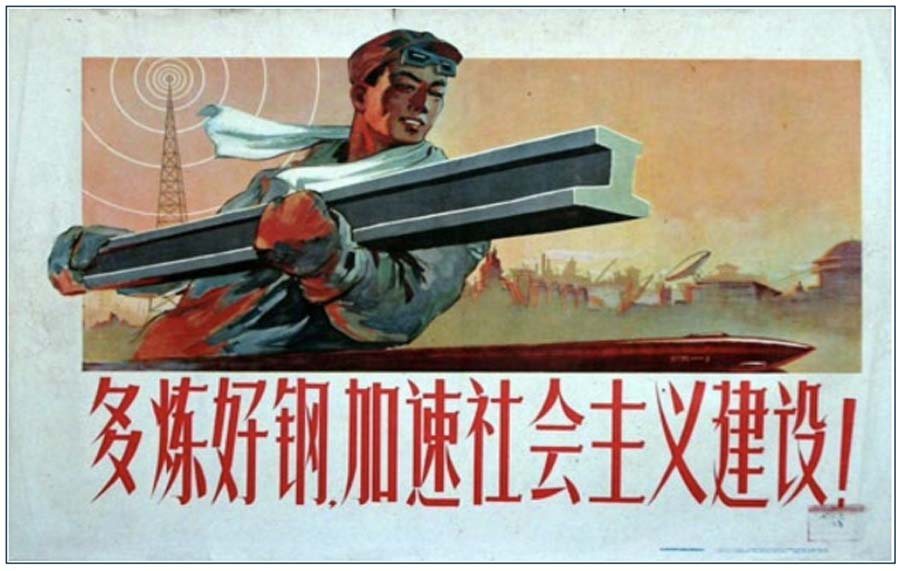
With no peasants in the fields, there was no-one to grow crops or harvest food. Further, the peasants were forcibly ordered to abandon private food production. And, the agricultural communes that were made during the time being had allocated less land to grain. Earlier, the agricultural communes helped maintain the source of food energy for China with around 80% of their land. But, with this new centralized plan, food production dropped dramatically.
A Man-Made Famine
With this implementation, the supply of food dropped to very nearly equal demand in the year 1958. As a result, 1959 was the year of famine when the supply was further reduced, and so demand was surpassed. The widespread reforms meant this affected a third of China’s provinces! This was a socially engineered catastrophe directly linked to inadequate central planning, which can be subdivided into errors of omission, commission, and provision.
These attributes are common in every manmade disaster or famine. In this return of the world’s largest famine, even greater than the one in 1907, the omission is recorded to be the failure of Chinese rulers to assess the likelihood of famine and secure food aid from other countries. Further, the removal of the means of private food production from peasants and forcing them to adapt to poor communes was the failure in the act of commission. And the supply of food to only the preferential or prioritized cities was a failure in terms of selective provision.
The actions of the central government either demonstrate ignorance as to the severity of the famine they had created, or indifference to the lives of their own population. In some of these places, the Chinese government didn’t just take the rights of private food production from peasants but even went so far as to take away their cooking utensils. Furthermore, almost unbelievably when there was a scarcity of food production, the government continued with food exports to make the economy stronger. Hence, all of it collectively created a man-made famine in China.
Modern studies of the situation conclude that the Chinese famines could have been easily resolved or even prevented with the right adaptable measures. The only necessity was that the government needed to enact the appropriate measures. Neither the Qing Dynasty in 1907 or the communist leadership in 1959 managed the famine, the latter even taking 3 years to act upon the situation.
Conclusion
Chinese officials still claim that natural catastrophes were the only reasons for these famines, which struck China so hard that it made history twice. But the truth is that the weather only exaggerated the suffering, whereas the rules, government, and the politicians who mismanaged the crisis were primarily responsible for the severity of the famines.
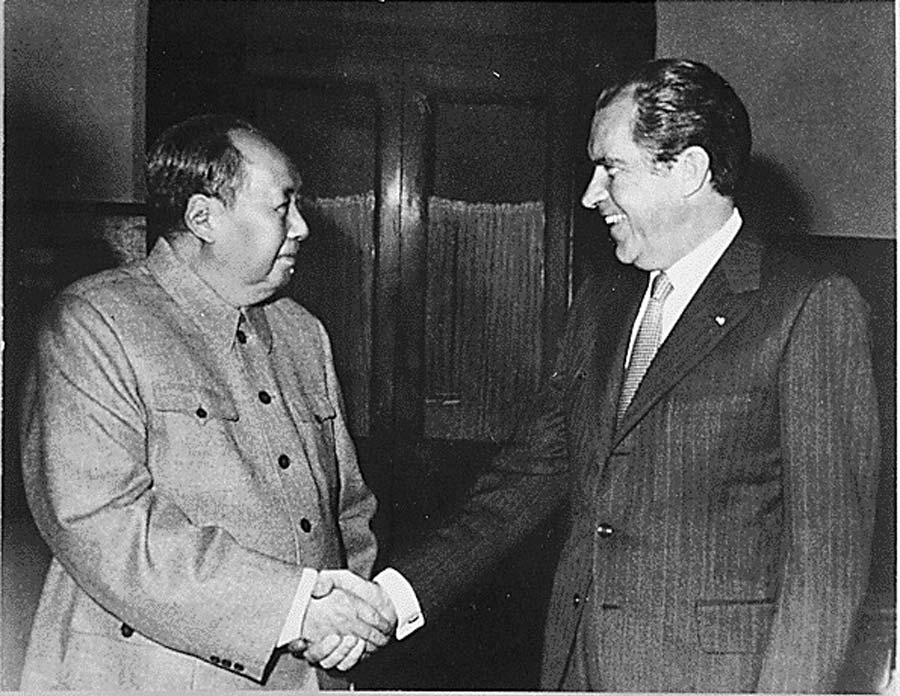
Following the 1959 famine, things were planned to bring back on track, and China decided to open up to the world to be better prepared in the future. After US President Nixon visited Beijing in the year 1972, China signed its first business deal with the USA for installing thirteen modern nitrogen fertilizer plants, designed by America, in China. Following that, China became the world’s largest nitrogenous fertilizer producer.
A further change, that was initiated within 3 years of Mao’s death, was the dissolving of the existing agricultural communes. The free farm prices were also initiated for the peasants, and by the year 1984, food rationing was completely lifted from the cities. China realized its downfalls and has taken steps to avoid such drastic famines in the future.
Top Image: Millions died during China’s 20th Century famines. Source: panitan / Adobe Stock
By Bipin Dimri